As we noted in our post celebrating Burg Giebichenstein Kunsthochschule Halle's 100th birthday, one of Paul Thiersch's first initiatives upon taking charge of the Handwerkerschule Halle, the future Burg Giebichenstein, was to establish workshops to connect art and trade and thus properly prepare his students for the demands of the emerging industries. It is therefore only fitting that to round off the institution's centenary celebrations an exhibition should be being staged celebrating the tradition and importance of the workshops at Burg Giebichenstein.
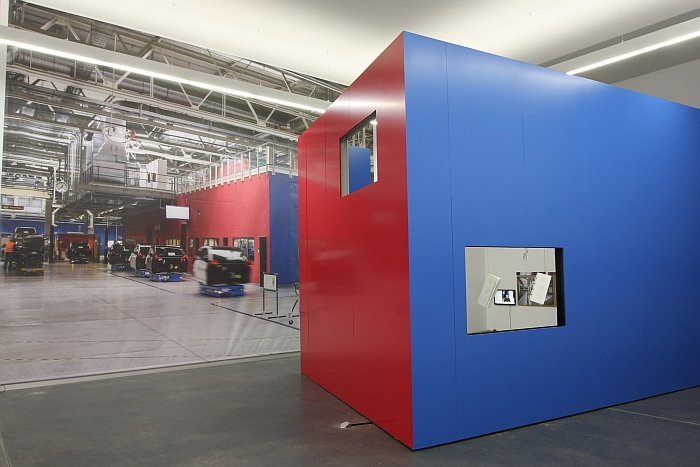
Presented under the title Moderne in der Werkstatt - Modernism in the Workshop - the exhibition is being staged at and by the Kunstmuseum Moritzburg as a form of birthday present for their near neighbour and close collaborator.
Featuring a selection of projects undertaken by students from various Burg Giebichenstein workshops as communal commissions Moderne in der Werkstatt begins chronologically with a look at the Burg Giebichenstein puppet theatre and the importance of the Burg puppet shows before moving effortlessly over projects such as the Burg's contribution to the Weissenhofsiedlung Stuttgart, the development of the MDW furniture programme, the collaboration with the Mifa bicycle factory in Sangerhausen or the sadly long since demolished Halle-Leipzig Airport restaurant created under the leadership of Hans Wittwer between 1929 and 1931. Fans of childish civic rivalries and hurt municipal pride will appreciate the significance of the airport's subsequent name change. The exhibition finishes with an interior architecture project undertaken with and for the BMW factory in Leipzig in 2012 and a mock up of the Burg Giebichenstein library where visitors can peruse books from and about Burg Giebichenstein and watch a film made by students focussing on the contemporary Burg Giebichenstein workshop experience.
That Moderne in der Werkstatt ends in a mock up of the Burg library is more than just an exhibition design curiosity; rather, as the curators and university are keen to underscore for them "workshops" aren't just where one saws, welds, sculpts, paints or photographs, but more generally where ideas are realised. Intellectually as well as physically. And in that sense a library is also a workshop, as indeed is any location where creatives take the opportunity to express themselves.
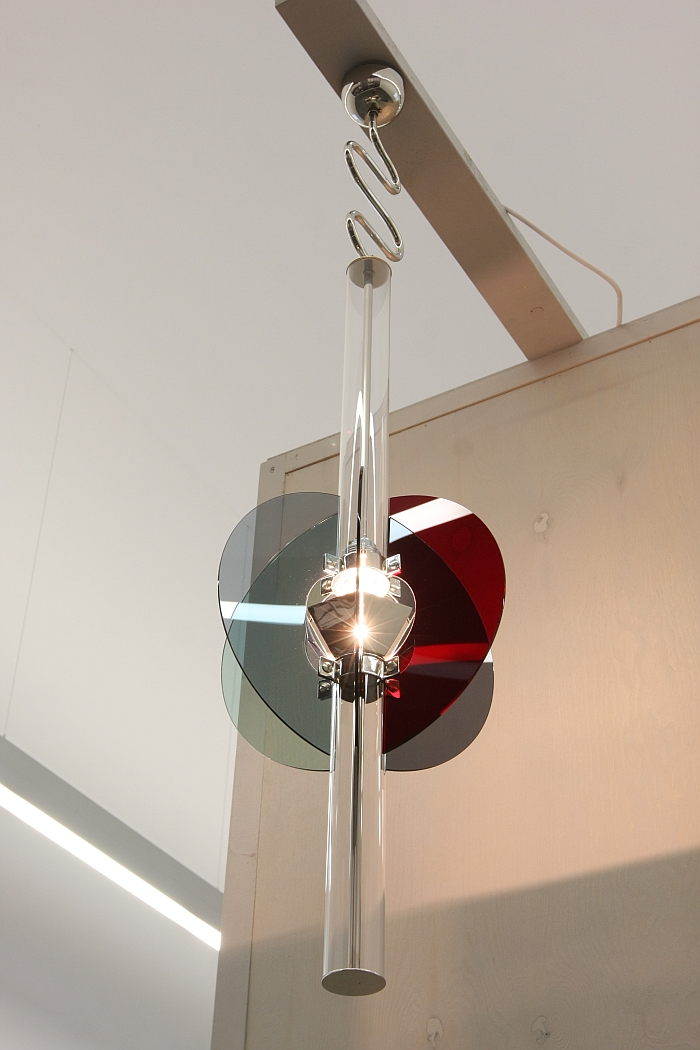
As befits a birthday celebration there is no real attempt in the course of Moderne in der Werkstatt to analyse the past 100 years, just celebrate some of the high-points and thus the value that the institution, its staff and students have realised.
There is, for example, no attempt to explore why the Burg survived the Nazi years when just fifty kilometres down the road Bauhaus fell, nor any real attempt to ask how the institution survived the formalism debate in the early 1950s nor the subsequent relationship to the East German government. As ever we'd have preferred a slightly more critical examination of the 100 years, fully accept and understand however that Moderne in der Werkstatt is a celebratory birthday event and as such can allow itself to revel rather than analyse.
If we did have one genuine criticism however it would be the relative lack of people to be found in the exhibition. An institution is formed by the students and teaching staff who fill it not the bricks and mortar from which it is constructed, and as such it would have been good to have celebrated some of the protagonists in more depth. Not least because when all is said and done a birthday is better celebrated with friends and those who have accompanied you through life rather than with your memories alone.
If we did have a second complaint it would be that there is no real attempt to place the work of Burg Giebichenstein in context of its time. The chair and sideboard, for example, which Paul Thiersch developed for the Weissenhofsiedlung in Stuttgart are by themselves perfectly reasonable pieces of work; however, understood in context of what Mies van der Rohe, Mart Stam, Marcel Breuer et al were presenting in Stuttgart they look positively 19th century.
We don't have a third complaint.
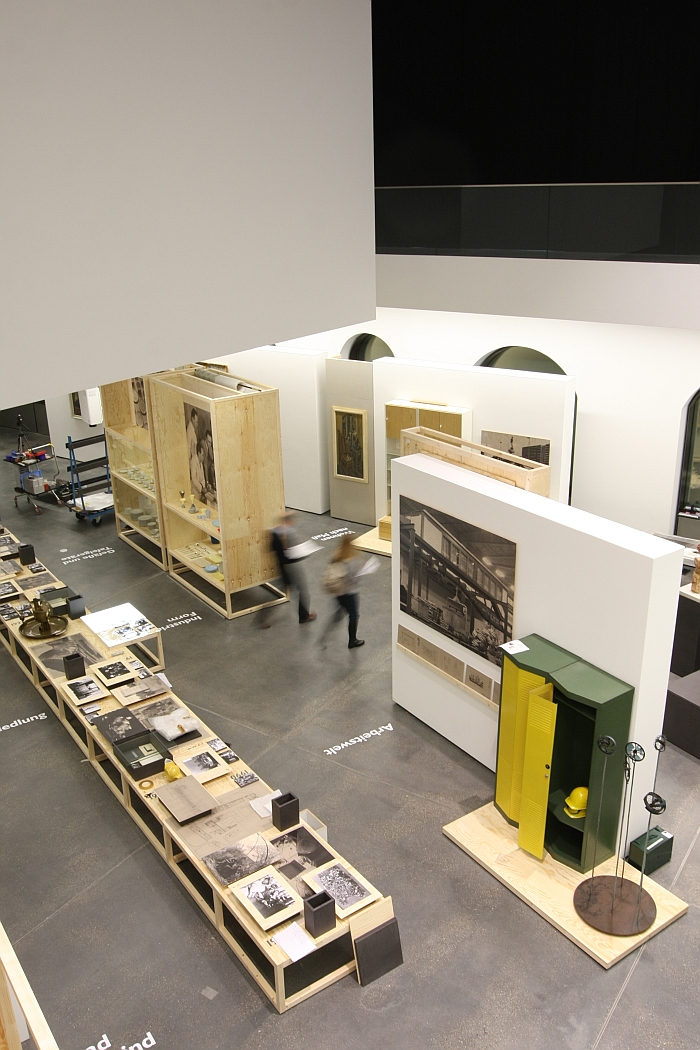
Unlikely to overtax in terms of size or depth Moderne in der Werkstatt has a very agreeable breadth and provides an excellent overview of some of those projects which have helped make Burg Giebichenstein Kunsthochschule what it is and as such provides an excellent introduction to the institution and its (hi)story.
In particular the mix of free art, classic art, product design and interior design that has always been a feature of the institution comes through very well; a not irrelevant point when one considers current debates about the hazy borders between design and art in our contemporary world of author design, design galleries and Eindhoven.
As we've often written in these pages for us Halle is Vienna, just under a very, very heavy layer of dust. However, look more carefully, beyond the dust and disrepair, and you will discover a wealth of architecture and urban planning heritage, including a wealth of modernist works and interpretations. Yet these are all things one can far too easily overlook. Similarly Burg Giebichenstein is all too easy to overlook, Moderne in der Werkstatt explains why you shouldn't.
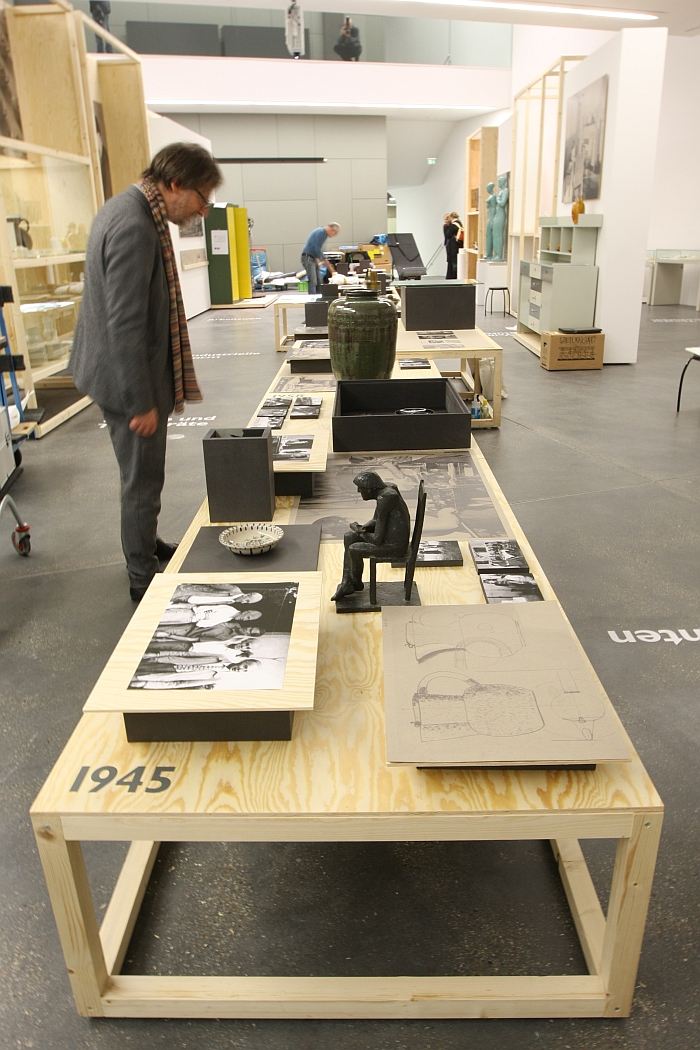
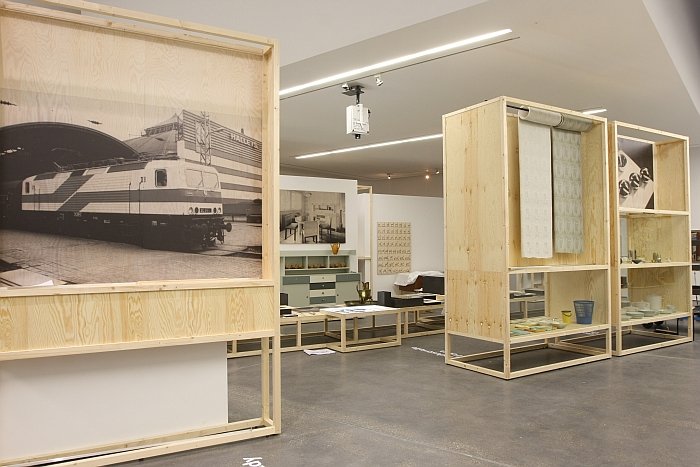
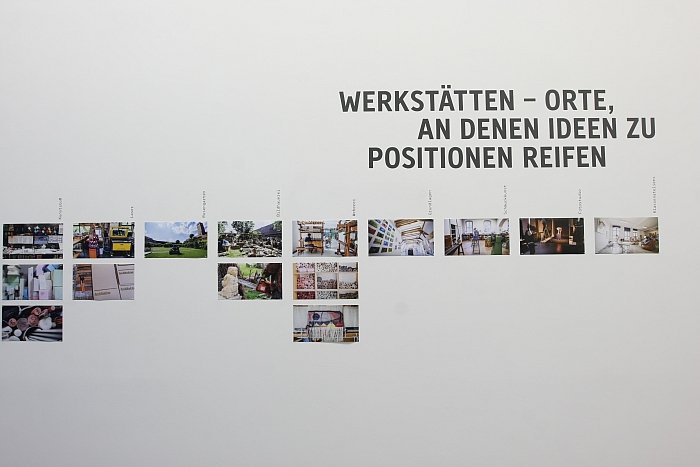
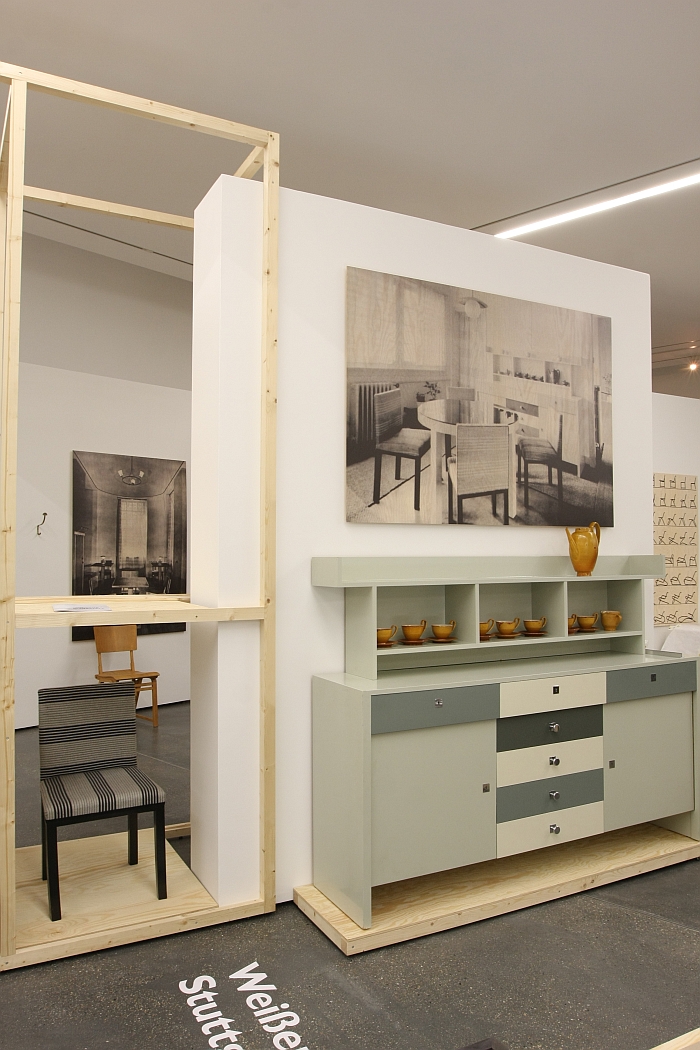

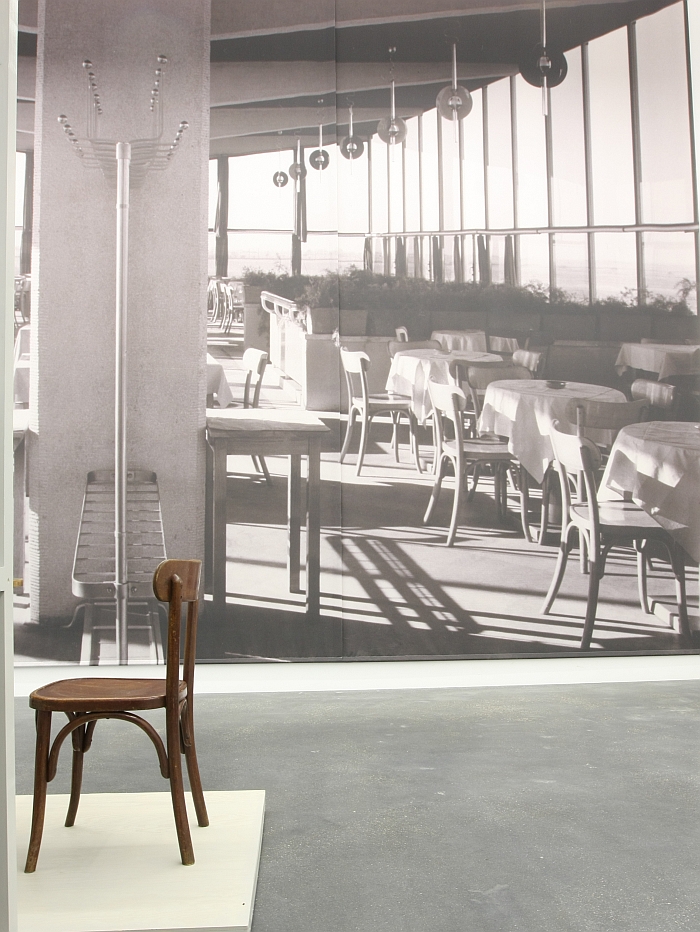
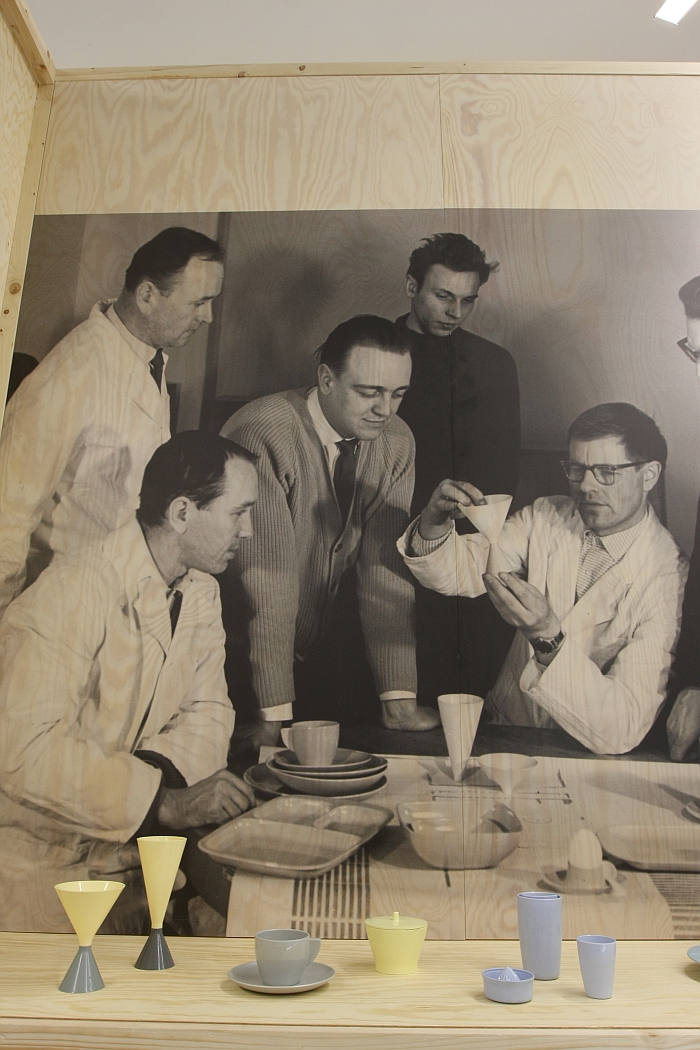
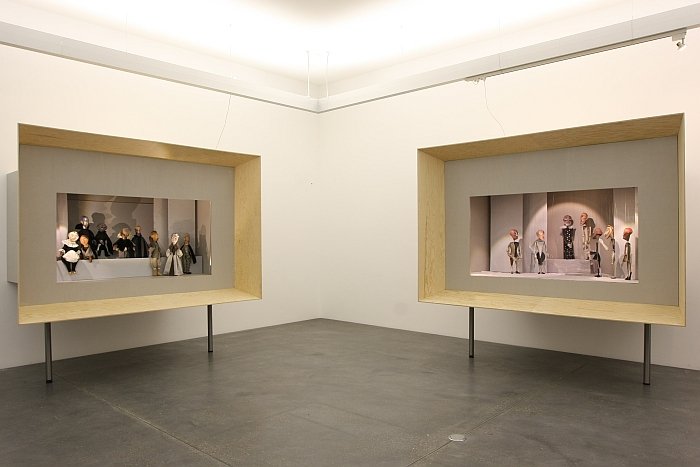
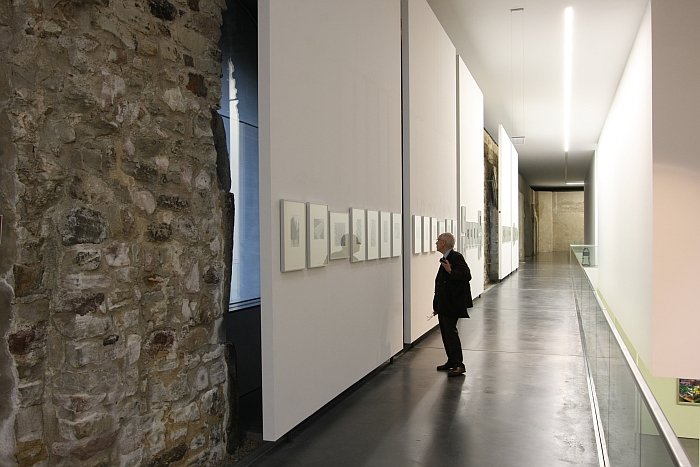
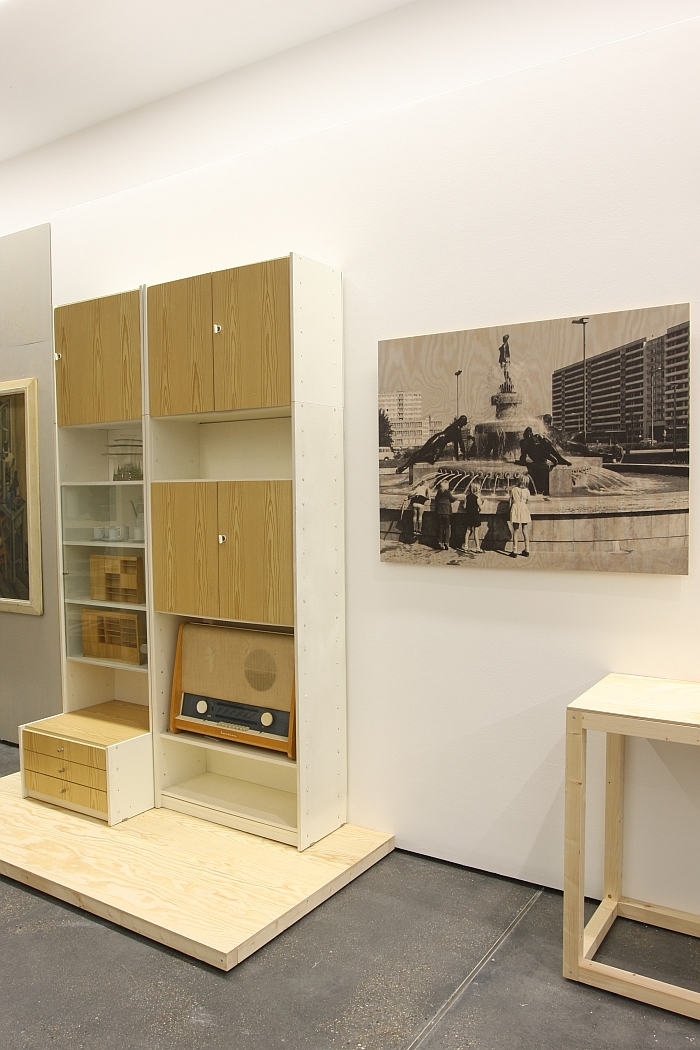

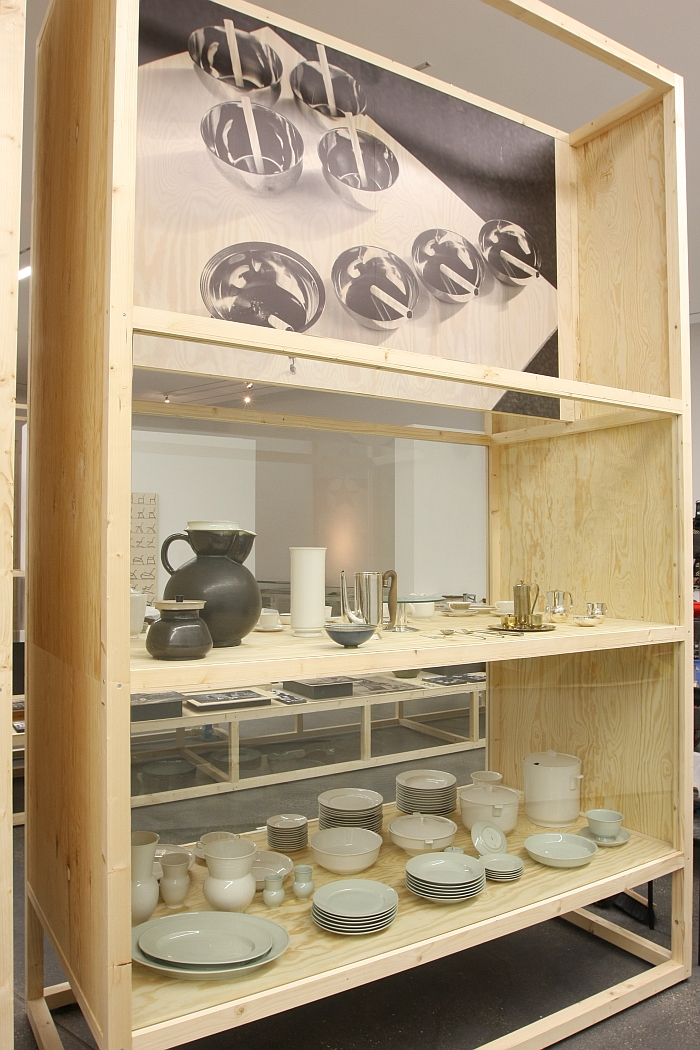
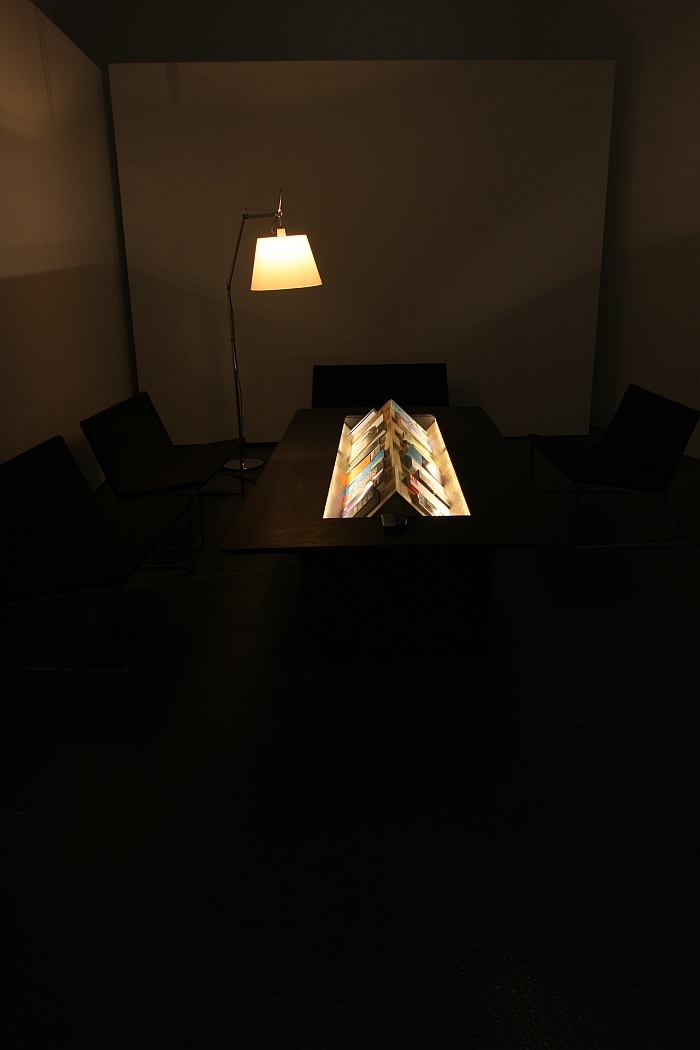
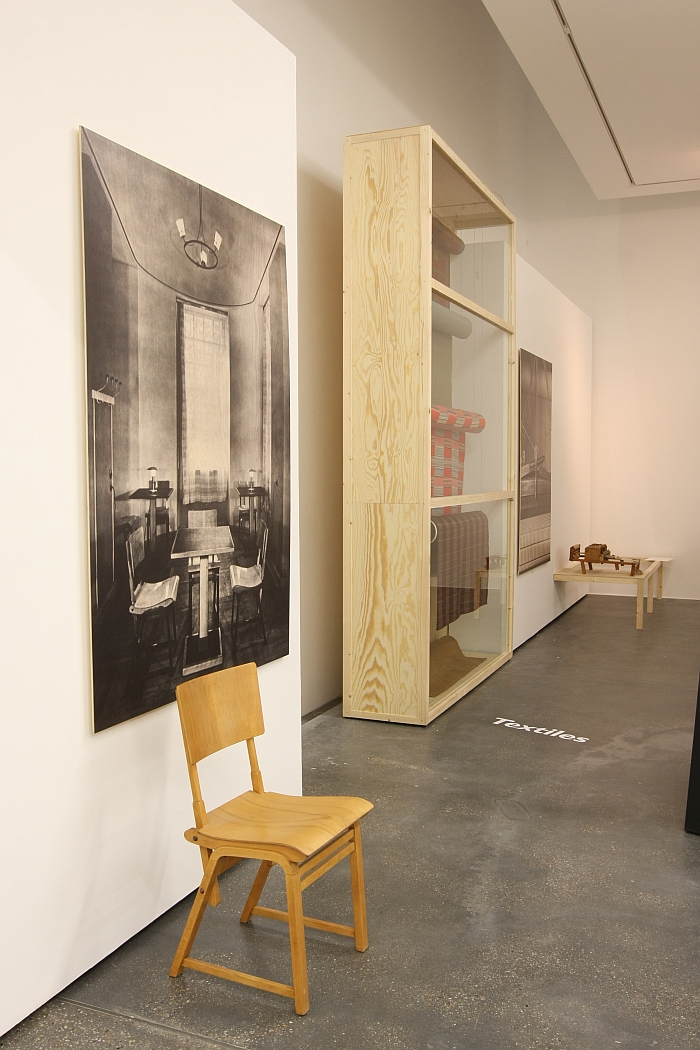

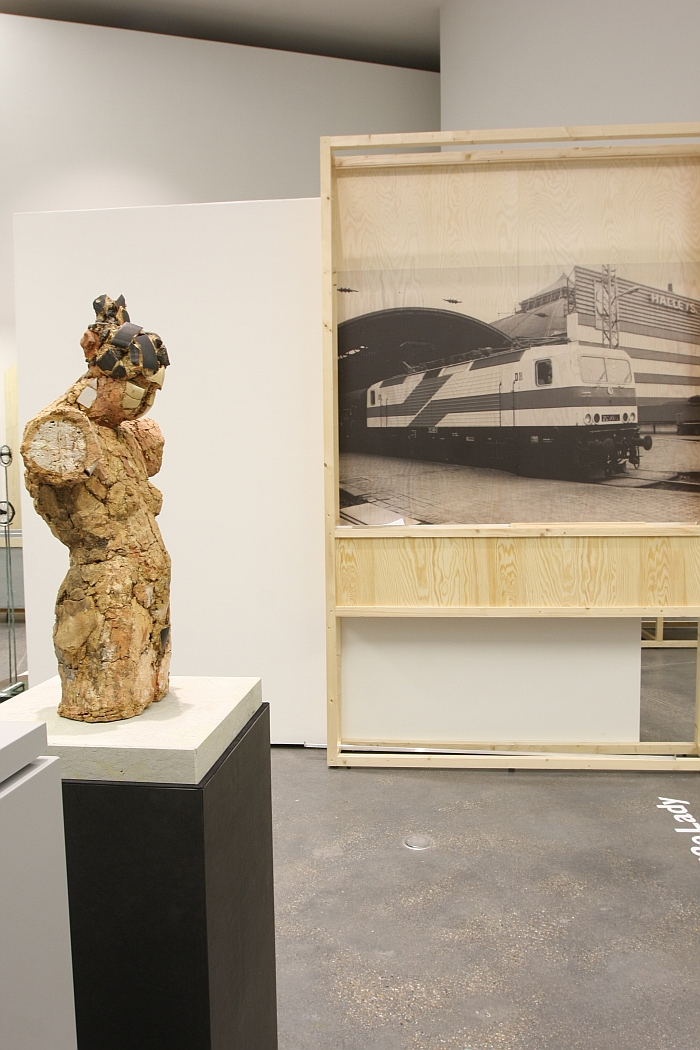
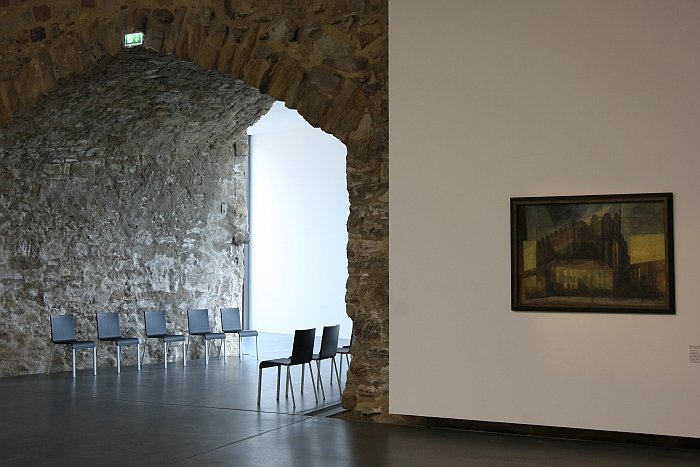

Moderne in der Werkstatt - 100 Years Burg Giebichenstein Kunsthochschule Halle runs at the Kunstmuseum Moritzburg, Friedemann-Bach-Platz 5, 06108 Halle (Saale) until Sunday February 14th. Full details, including information on the accompanying fringe programme can be found at www.stiftung-moritzburg.de